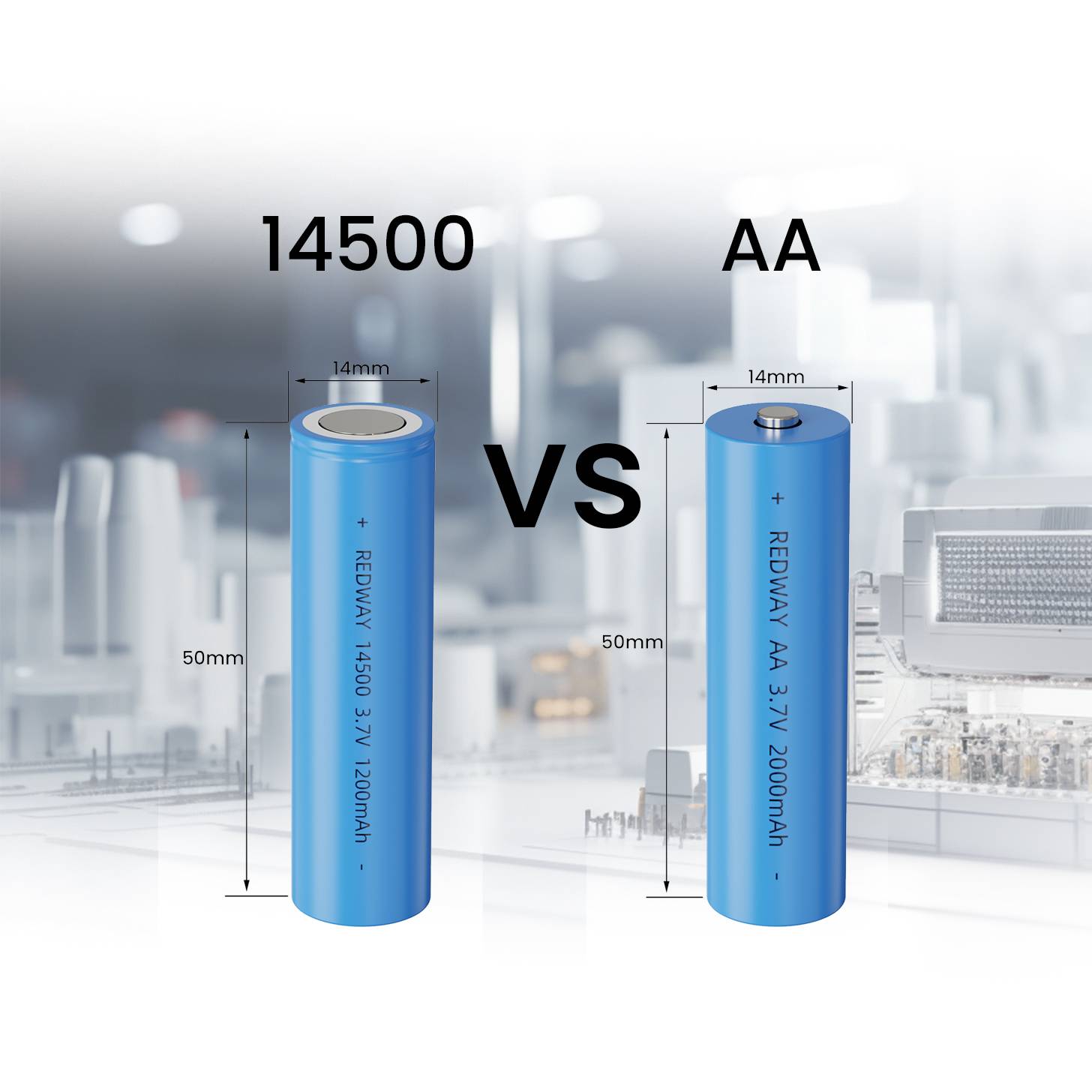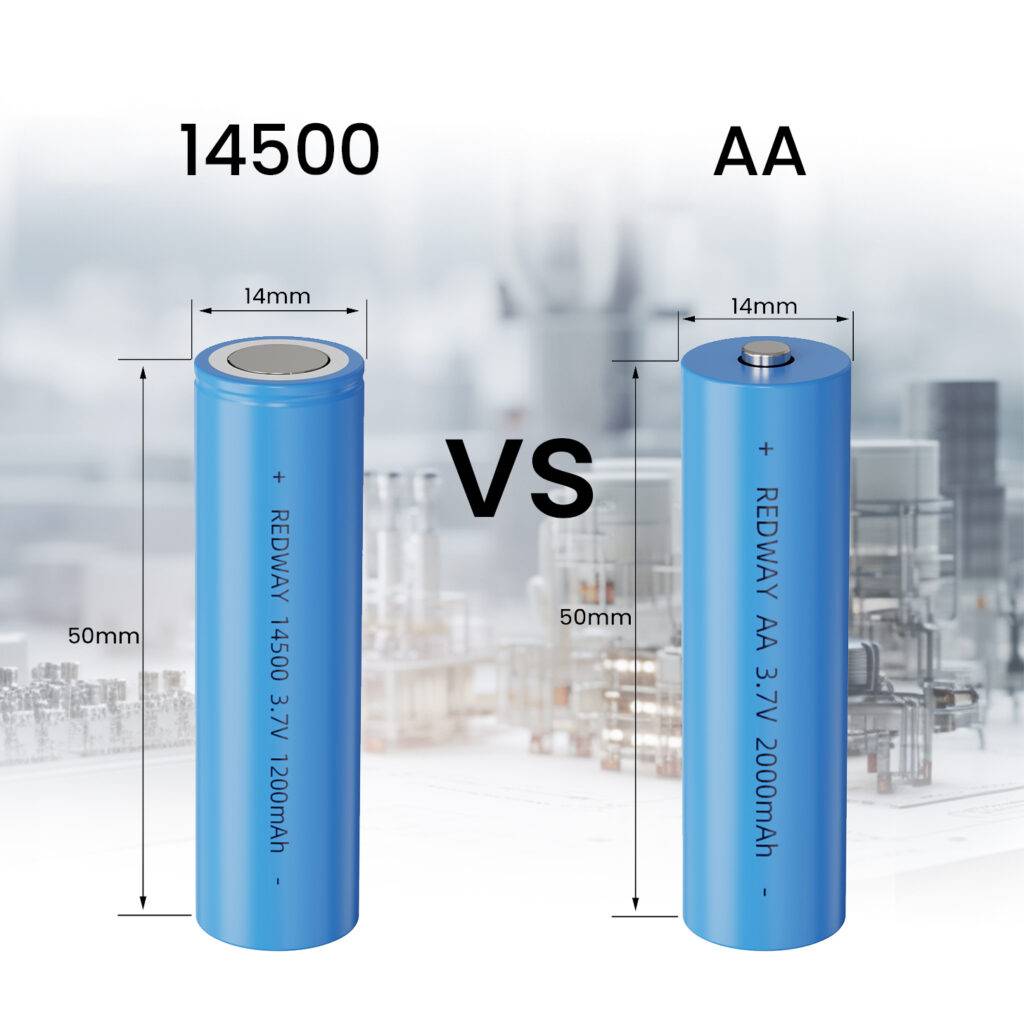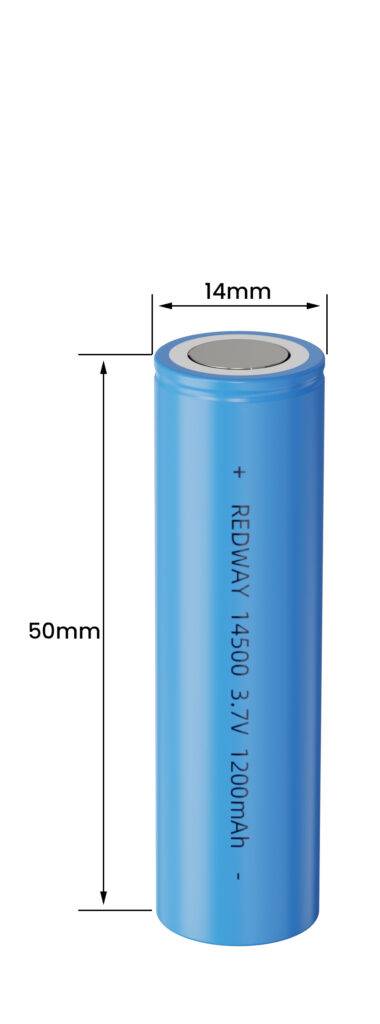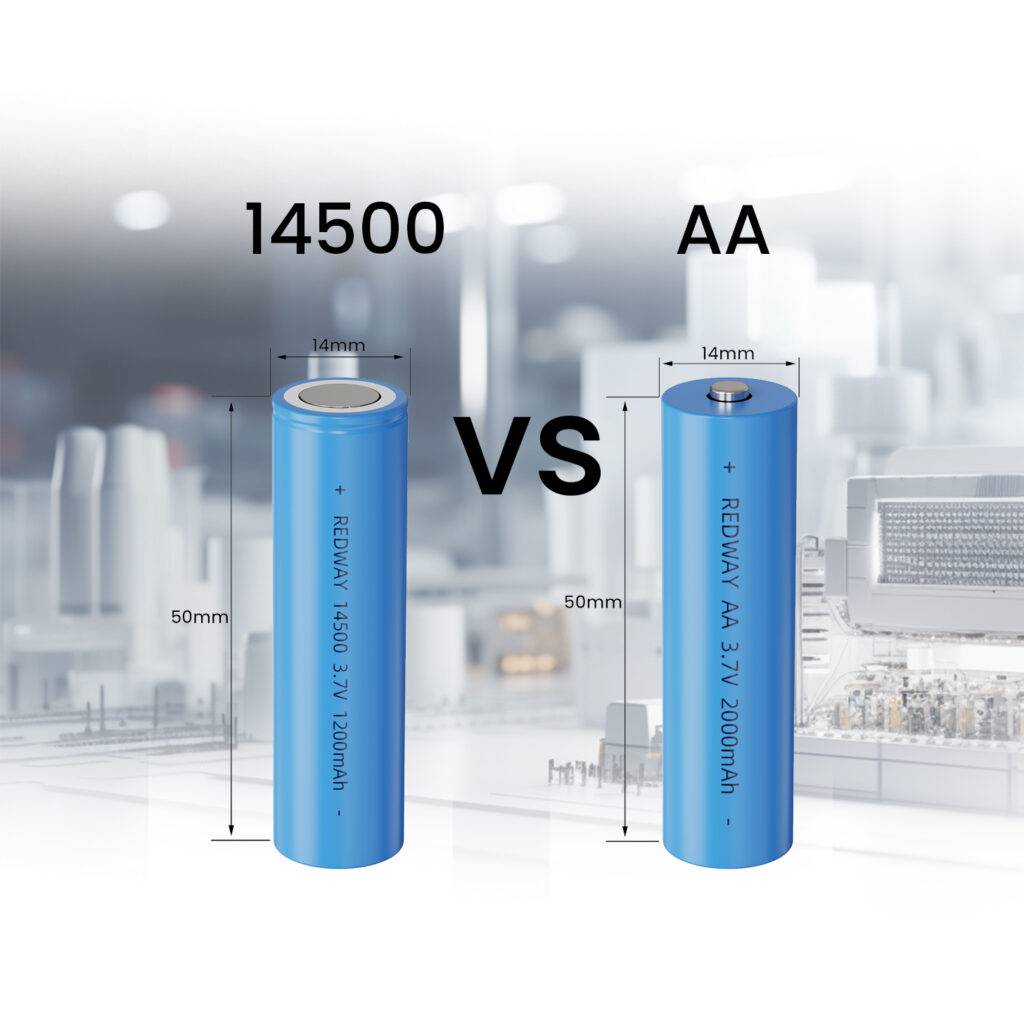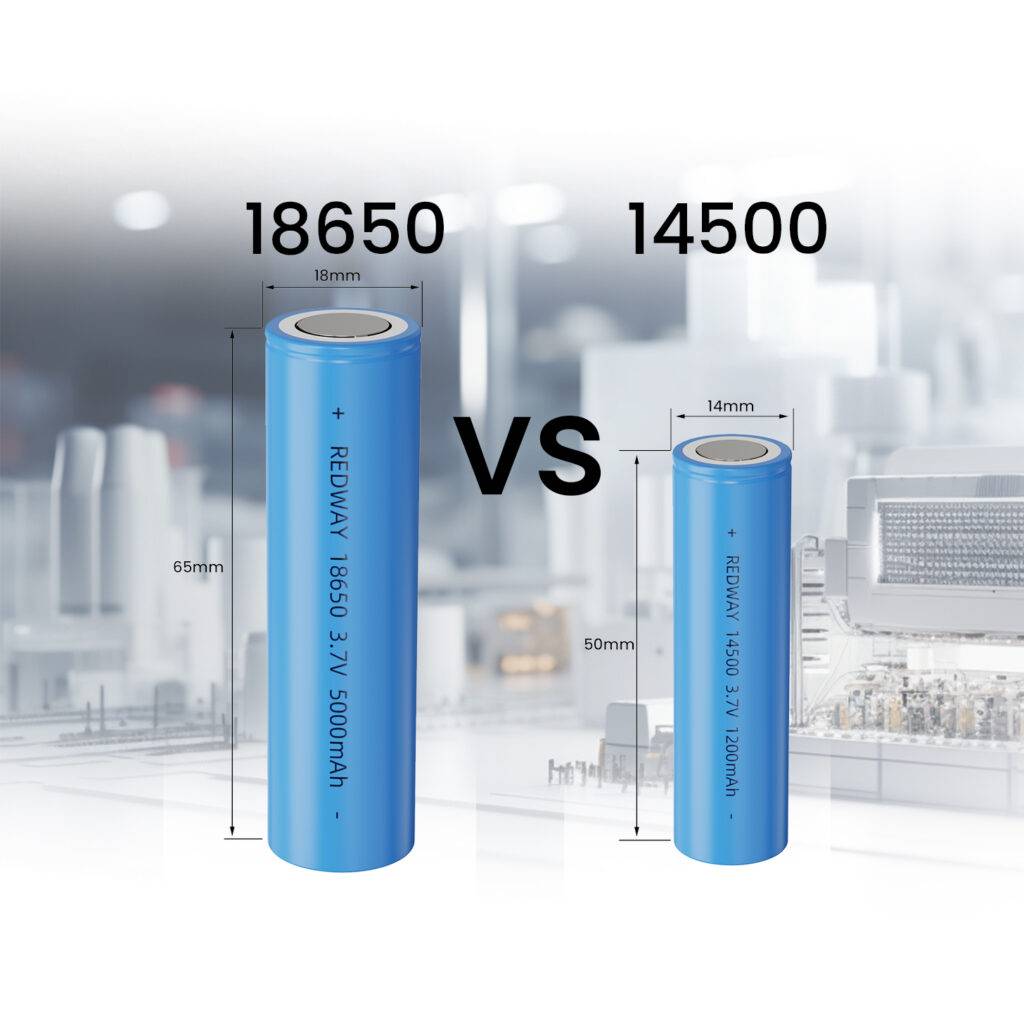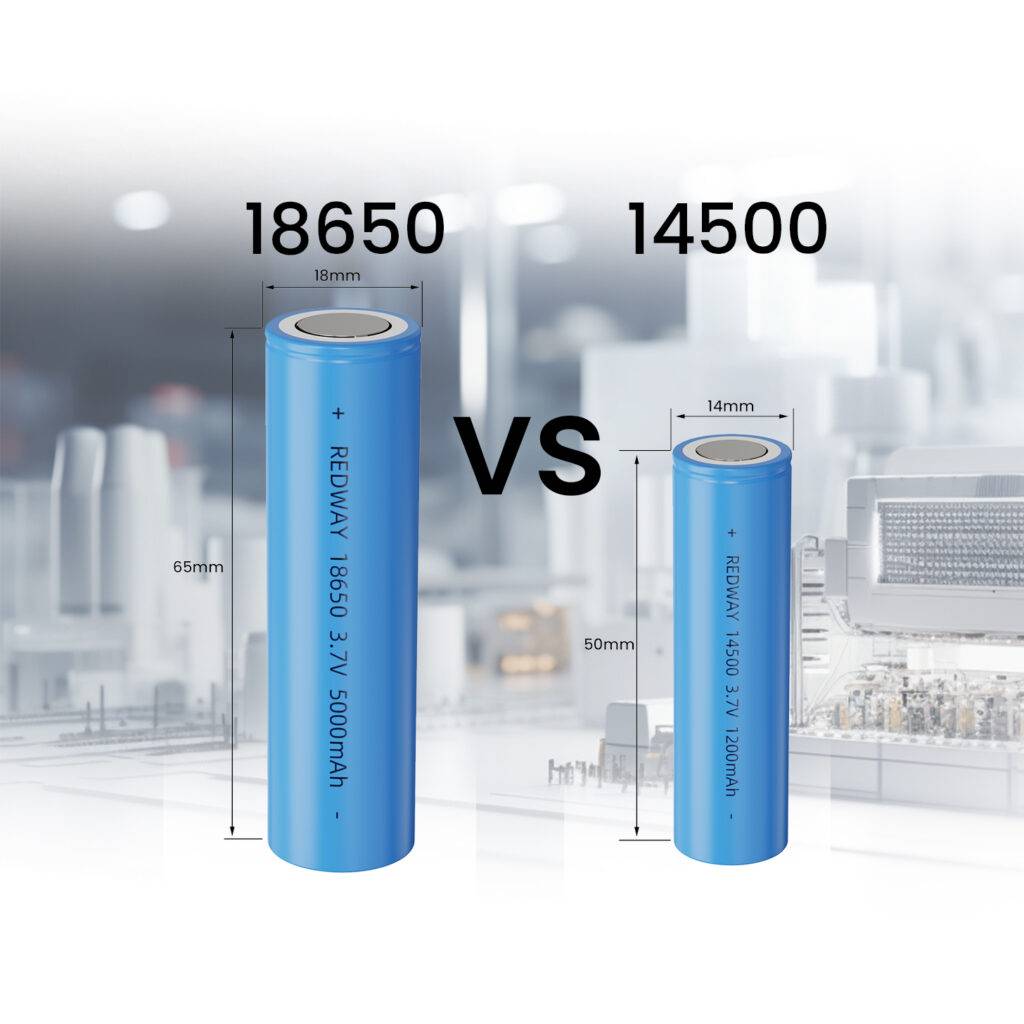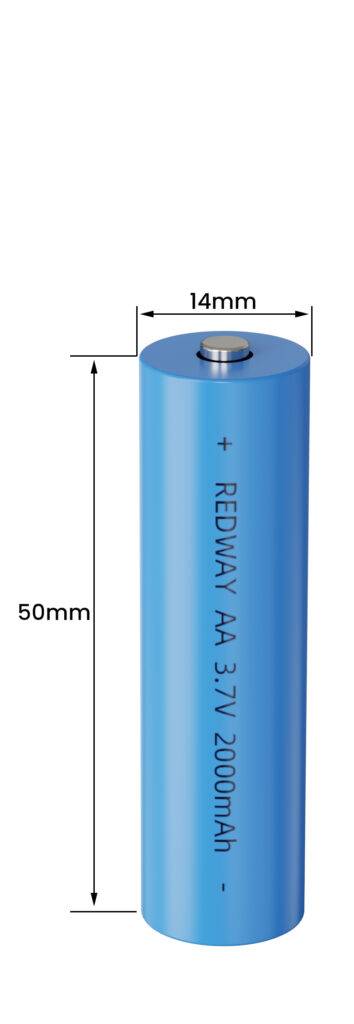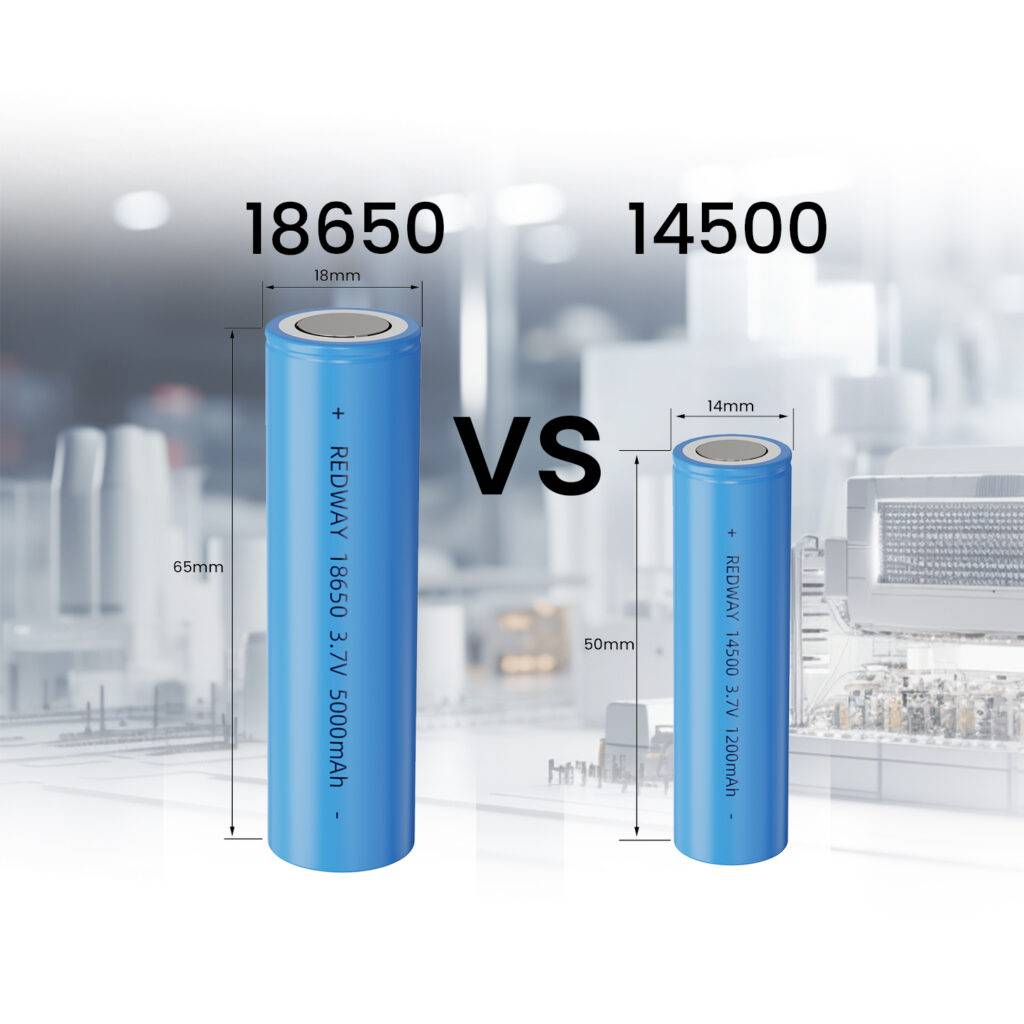Are you tired of constantly replacing your AA batteries? Have you heard about 14500 batteries and wondered if they could be a suitable replacement? Look no further, because we’re here to answer all your burning questions! In this blog post, we’ll explore the difference between these two types of batteries and whether or not it’s possible to switch them out. So sit back, relax, and let’s dive into the world of battery power!
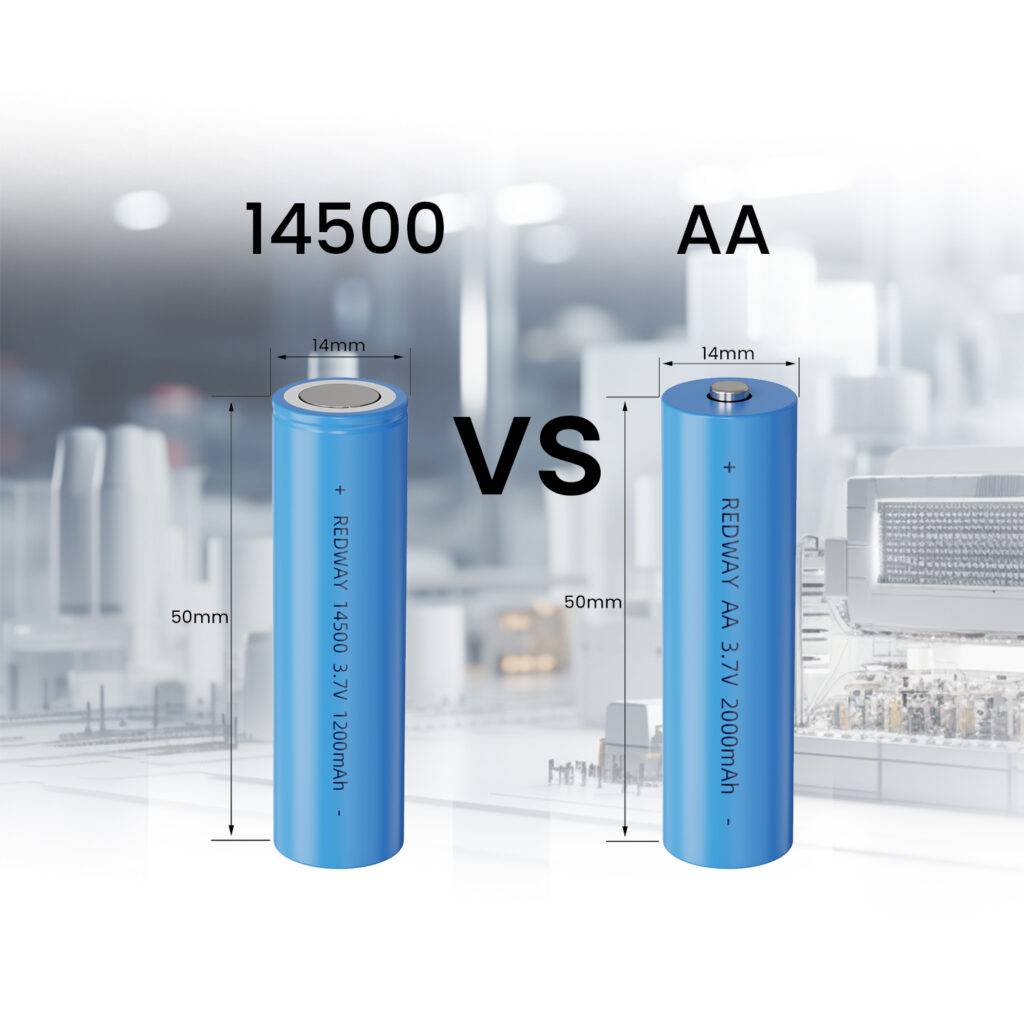
#post_seo_title
What are 14500 and AA batteries?
14500 and AA batteries are both cylindrical, single-use batteries that operate on the same principle. The difference between them lies in their size, capacity, and voltage output.
AA batteries have a diameter of 14.5mm and a length of about 50mm while 14500 batteries have a similar diameter but are shorter in length at around 45mm. The capacity of an AA battery is typically between 2000-3000mAh while the capacity of a standard 14500 battery ranges from 600-1000mAh.
The voltage output for an AA battery is usually around 1.5V while for a fully charged Li-ion-based 14500 it’s closer to 3.7V which makes it possible to drive more powerful devices like LED flashlights easily.
Both types of batteries can be found in alkaline or rechargeable options depending on your needs, with some brands offering longer-lasting versions that boast higher capacities or lower self-discharge rates.
In general, if you’re looking for portability and convenience over power output then AA may be your choice due to its wider availability compared to the less popular Li-ion-powered 14500s that come with better performance characteristics but require special chargers as well as being relatively expensive than AAs
What is the difference between 14500 and AA batteries?
14500 and AA are both types of batteries commonly used in portable electronic devices. However, there are a few key differences between them.
Firstly, the physical size is different. A 14500 battery has a diameter of about 14mm and length of around 50mm whereas an AA battery has a diameter around twice that and length approximately three times as long. This means that not all devices can accommodate both types of batteries.
Secondly, their voltage output also differs. A standard alkaline AA battery typically has a nominal voltage output of 1.5 volts while a lithium-ion rechargeable 14500 usually has an output closer to 3.7 volts.
Thirdly, their capacity or runtime varies greatly depending on usage conditions and environment temperature which makes it difficult to draw comparisons between specific brands or models directly without testing them under the same circumstances.
In summary, although they may look similar at first glance, these two types of batteries have significant differences in terms of size and voltage output which should be taken into consideration when deciding whether one can replace another for your device’s power needs.
Can I use a 14500 battery instead of an AA battery?
The short answer is yes, you can use a 14500 battery instead of an AA battery. However, there are a few things to consider before making the switch.
Firstly, it’s important to understand the differences between these two types of batteries. A standard AA battery typically has a nominal voltage of 1.5 volts and a capacity ranging from around 1200mAh to 3000mAh depending on the brand and type. In contrast, a 14500 lithium-ion rechargeable battery has a nominal voltage of 3.7 volts and a capacity that usually ranges from around 600mAh to 1200mAh.
While both batteries may look similar in size and shape, using a higher voltage battery such as the 14500 in place of an AA could potentially damage your device or cause it to malfunction. It’s always best practice to check your device manual or consult with the manufacturer before making any substitutions.
Another consideration is cost-effectiveness. While rechargeable lithium-ion batteries such as the 14500 tend to have longer lifetimes than disposable alkaline AAs, they can also be more expensive upfront.
While using a compatible substitute like the 14500 may work for some devices under certain conditions, it’s important to carefully evaluate whether it’s worth doing so based on factors like safety risks and cost effectiveness.
What are the pros and cons of using a 14500 battery instead of an AA battery?
There are several advantages and disadvantages to consider when deciding whether to use a 14500 battery instead of an AA battery.
One of the main benefits of using a 14500 battery is that it can deliver more power than an AA battery, due to its higher voltage and capacity. This means that devices such as flashlights or cameras may perform better with a 14500 battery installed.
However, one major downside is that not all devices are compatible with 14500 batteries, so it’s important to check your device’s specifications before making the switch. Additionally, while some 14500 batteries may offer longer overall lifespan compared to AA batteries, they often have shorter shelf lives and may require more frequent recharging.
Another factor to consider is cost – while some brands of 14500 batteries can be more expensive than AAs initially, their longer lifespan and increased performance may make them a worthwhile investment in the long run for certain devices.
Ultimately, whether or not you should use a 14500 battery instead of an AA depends on your specific needs and device requirements. Redway Battery is a lithium iron phosphate battery factory and a leading OEM manufacturer in China. Their specialization lies in creating custom power storage walls that cater to diverse industries. These energy storage systems are tailored to store surplus energy from renewable sources, serving as a crucial link in balancing energy demand and supply during peak hours.
Conclusion
After taking a closer look at the 14500 and AA batteries, we can conclude that while they may seem similar in size and shape, they have significant differences when it comes to voltage output and capacity.
While it is possible to use a 14500 battery instead of an AA battery in some cases, this should only be done if you know what you’re doing. In most situations, using the wrong type of battery can result in damage to your device or even injury.
Ultimately, whether or not you can use a 14500 instead of an AA depends on your specific situation. If you are unsure about which type of battery to use, it’s always best to consult with the manufacturer’s guidelines or seek help from an expert.
In general, we recommend sticking with the recommended type of battery for your device whenever possible. This will ensure optimal performance and safety for both yourself and your devices in the long run.

